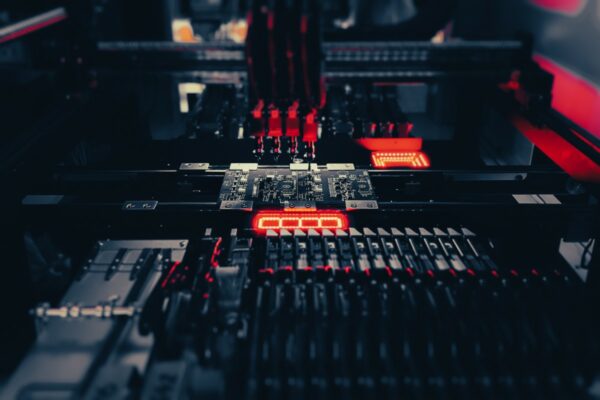What is Hole
A hole refers to an opening or drilled cavity in a printed circuit board. These holes serve various purposes and can be classified into different types. One type is a “via,” which is a small hole that allows for connections between different layers of the board. Vias are typically the smallest holes on the board and are usually of the same size. They are essential for establishing electrical connections between different layers of the PCB. Vias can be plated through, meaning they have a conductive pathway from the top side to the bottom side of the board.
Another type of hole is a “through hole,” which traverses the entire thickness of the PCB, connecting both the top and bottom sides. Through holes are commonly plated through, providing a conductive path from one side to the other. They are also known as “plated through holes” or “PTH.” Through holes are used for various purposes, such as mounting components or establishing electrical connections.
Additionally, “tooling holes” or “mounting holes” are used for attaching the board to a test fixture or its operational location. Tooling holes are often non-plated through, serving as reference points for aligning and securing the PCB during manufacturing or testing processes.
Holes in PCBs have interactions with the different layers they pass through. Clearance pads are used to maintain separation between the copper ground plane and signal-carrying plated-through holes that pass through the ground plane. Similarly, clearance pads are used on power plane layers. Inner planes, which are typically thicker, handle higher currents and provide heat-spreading or heat-sinking effects. Thermal pads are provided to improve the solderability of pins connecting to these planes. These thermal pads, recognizable by their “X”-shaped structure, establish a plated-through attachment between the voltage on the plane and the through-hole on the top and/or bottom side.
Frequently Asked Questions
What Are the Solder Holes in PCB Called
The small openings on a PCB where solder is applied are commonly referred to as “solder holes” or “through-holes.” These holes can also be known as “pin holes” or “blow holes,” which are caused by the outgassing of the printed board during the soldering process. The formation of these holes during wave soldering is typically linked to the thickness of the copper plating.
How Are Holes Drilled in PCB
In the process of drilling PCBs, various types of holes are created, such as component holes, mechanical holes, and via holes (including blind holes, buried holes, micro-holes, and thru-holes). To achieve the necessary accuracy, the holes are typically created by means of a manual or laser PCB drill.
What Is the Difference Between a Blind Hole and a Through-Hole
A blind hole and a through-hole differ in terms of their depth. A through hole extends completely through a part’s wall, meaning there is an opening on both sides. On the other hand, a blind hole has a specific depth and does not penetrate through to the other side of the workpiece.
Why Do We Need to Drill Holes on PCB
With the assistance of tool holes, the PCB is guided through various assembly processes, including drilling, stencil printing, component placement in a pick-and-place machine, automated optical inspection, and testing. These tool holes serve the purpose of maintaining board alignment and stability during specific operations.
What Are the Different Types of Holes in PCB
There are three distinct types of holes found in a PCB: Plated Through Holes (PTH), Non-Plated Through Holes (NPTH), and Via Holes. It is important to note that these should not be mistaken for Slots or Cut-outs.





